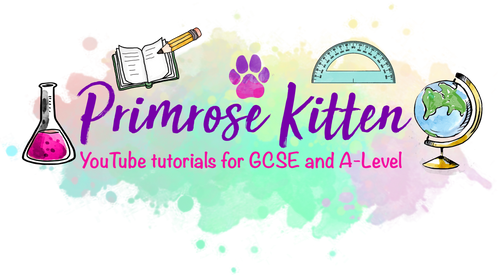I’ve started using biology paper 1 course for my year 9 son as the school has started some of the gcse content already. We will go on to buy the full version in year 10. The notes and quizzes are very good. Some pictures/diagrammes alongside the notes will really help.
WHAT IS THE FINAL ESSAY?
In parts one and two of this series on the Extended Project Qualification, we have talked about how to choose the best possible topic, and what personal and academic qualities are required of successful EPQ candidates. We continue the eight-part series here by looking in-depth at the student’s final essay or product.
The final essay or product is the culmination of your research. It can take many different forms, as we will show below, but for many students, this will involve an essay of 5,000 words. The central part of that essay is the question you have chosen to answer in your topic; the same question you will agonise over during that crucial first stage in the summer between year 12 and year 13.

The Essay
The majority of EPQs that will culminate in the 5,000-word essay. That word count is enough to scare the living daylights out of some, and you may wonder exactly how you’re going to write that many words. Believe us when we say, however, that once you’ve completed the research stage of the project, you may find yourself wondering how you’ll fit in all that content.
Some will wonder where to begin with it all. One thing that may surprise you is that there is a lot more work to be done before you even start writing the 5,000 words. For some, the actual writing part is a relief after arduous preparation.
Crafting the question of your essay is what you’ve done early on in the process when you chose your topic. After brainstorming the things that you knew on the subject, you carved out those spaces in which there was enough room for a meaty intellectual inquiry, and that’s the foundation of your EPQ.
- Work out a structure for the piece. It will have to have distinct sections, with each chapter covering one aspect of the topic you’ve selected. Come up with those sections, and what order they’ll appear.
- Begin your research. Once you know which aspects you’ll be covering, your research can become more pointed and efficient. Make sure you use a variety of sources, never over-relying on a single source.
- Be cautious about using sites like Wikipedia; check the references and citations. The following information to its original source shows greater academic rigour and will improve the quality of your data.
- As you research, check on your structure and tweak it as you need. You may find an avenue of inquiry that is much more relevant or worthy of your EPQ than the one you originally planned. It’s your project, so it’s okay to be flexible.
- Once research is completed, allocate a word count for each section. You know your limit is 5,000 words, so think about which parts will need more elaboration, and allocate words accordingly. Keep introductions shorter to save room for the real substance of the essay.
These are the tasks you’ll have to do before you even start writing. Once ready, you should get drafting the essay as early as possible. The hardest part of the essay is getting started. Try to push yourself to sit down and start writing. Once you start, it’s like opening floodgates and the rest should begin to come more quickly.
Remember to have your supervisor check your draft and get feedback. You could even ask your friends to review and see what they think. All constructive feedback is useful, also if it’s just your best friend pointing out your typos.
The Product or Artefact
For other students, the alternative to the essay comes in many forms, usually described as the “product” or “artefact.” The nature of your product depends entirely on what kind of subject your topic is based in, and what the goals of your EQP are.
For instance, if your EPQ topic is “To compose an ‘epic’ orchestral piece employing the techniques of Ramin Djawadi,” then your final product is likely to be a composition with sheet music for an orchestral arrangement. If you have a drama-related topic, then you’d prepare a performance; if you chose an art-related subject, then you might create a sculpture, and so on.
The process you employ when creating your artefact can be the same in many ways. You’ll plan the content and structure of your work, too, and keep checking and updating those ideas as you conduct your research.
The sky’s the limit when it comes to products or artefacts. Fashion shows, books, concerts and films are all mentioned as examples of things students can produce as their final piece. This is part of what makes the EPQ so unique, accessible and popular with students.
In the next part of our series we will look in detail at the 15-page EPQ production log, which is a critical piece of the EPQ puzzle that exam boards remind us is just as important as either the essay or presentation.

 Revision Dashboard
Revision Dashboard
 Affiliate program
Affiliate program